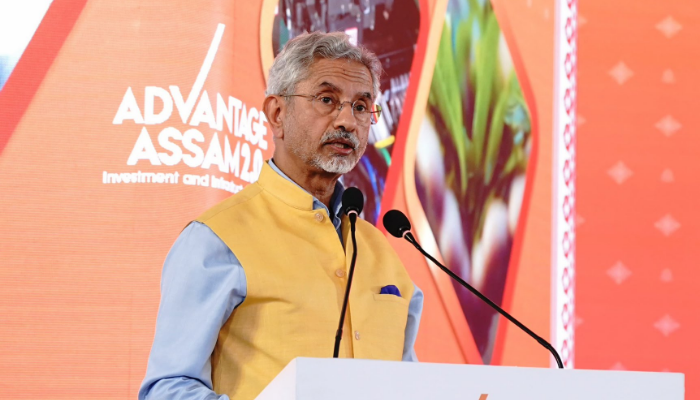For decades, India was often referred to as the world's back office, a hub for outsourcing, IT services, and customer support. However, the country has undergone a paradigm shift, emerging as a powerhouse in manufacturing, innovation, and strategic policymaking.
India has transformed—from a service-oriented economy to a global manufacturing and technological leader.
Rise of India's manufacturing capabilities
India has increasingly positioned itself as a manufacturing hub, producing everything from semiconductors to aircraft carriers. The country has made significant strides in self-reliance, reducing its dependence on imports while simultaneously boosting exports.
The government's Production Linked Incentive (PLI) schemes have provided much-needed incentives to companies, fostering an ecosystem where global businesses now view India as a credible alternative to traditional manufacturing giants like China.
The automobile sector, for instance, has benefited enormously from infrastructural advancements. With world-class expressways reducing travel time and logistics costs, vehicle production and exports have surged. Likewise, India’s electronics sector has flourished—formerly a net importer, India now exports mobile phones, semiconductors, and other electronic devices at an unprecedented scale.
Rise of Indian products
India’s stress on “Vocal for Local” and “Local for Global” initiatives, showcasing how indigenous products, are making a mark on the international stage. Some of the most remarkable examples include:
•Ayush and Yoga: India's traditional wellness practices have found widespread global adoption. Yoga is now a global phenomenon, and Ayush-based herbal remedies and medicines are gaining acceptance in global healthcare markets.
•Millets and Superfoods: India's Shree Anna (millets), along with other indigenous foods like makhana (fox nuts), are becoming international health trends.
•Turmeric and Coffee: India supplies over 60% of the world’s turmeric and has become the seventh-largest coffee exporter.
•Defence Manufacturing: India's defence exports, once negligible, are now in demand worldwide, showcasing the strength of Indian engineering and technology.
A key element of India's transformation is its growing role in global supply chains. With its robust infrastructure, strategic trade corridors, and a young, skilled workforce, India is increasingly being viewed as a trusted global partner.
The India-Middle East-Europe Corridor, a major outcome of India’s G20 presidency, is expected to be a game-changer for international trade.
Additionally, India’s leadership in Artificial Intelligence (AI) was evident at the AI Action Summit in France, where it co-hosted discussions shaping global AI policies. The country is also leading critical initiatives like the International Solar Alliance and the Coalition for Disaster Resilient Infrastructure.
Minimum government, Maximum governance: The policy approach
The success of India's economic and technological transformation is underpinned by a governance model emphasizing less bureaucracy and more efficiency. The government has scrapped over 1,500 outdated laws, many of which were relics of British rule and hindered business operations.
The simplification of income tax laws, reduction in compliance burdens, and digitization of services have all contributed to a business-friendly environment.
India’s journey from being a back-office hub to becoming a world-force is a testament to strategic policymaking, robust infrastructure development, and global aspirations.
The country is no longer just a participant in global trade—it is a leader shaping the future. As India moves towards becoming a developed nation by 2047, its industries, entrepreneurs, and policymakers must continue to build on this momentum, ensuring that ‘Made in India’ becomes the global standard.
***The writer is a Bengaluru-based journalist; views expressed here are her own












 Contact Us
Contact Us  Subscribe
Subscribe  News Letter
News Letter  Instagram
Instagram Youtube
Youtube